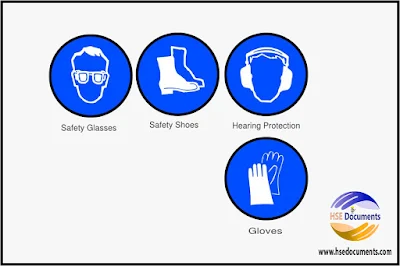Risk Assessment
May 31, 2020
Electrical Isolation Risk Assessment
Safe Electrical Isolation Strategy for Low Voltage Installations
Working on live electrical appliances, installation and MEP are always involve high risk. Annually a huge amount of critical fatal incidents that causes severe physical burn injuries and even deaths. It is necessary that before starting any installation or MEP service or work live electrical source, all comprehensive and authentic safety measures and initiatives should be followed to reduce the occurrence of incidents. All state or international health and safety governing body’s or standards must be followed and practiced e.g., OSHA Regulation in USA, OSHAD & ADDC in United Arab Emirates. This new edition of HSR25 will guide and assist the duty holders fulfill the requirements of the Electricity at Work Regulations 1989. It will provide practical assistance to all MEP duty holders, specifically project or electrical engineers (including those involved in the design, construction, operation MEP of the electrical systems), technicians and their managers. this Electricity at Work Regulation 1989 requires that three conditions must be fulfilled.
These include the following:
A. Conditions make it inconsistent to carry out work activity on the dead circuit.
B. It is reasonable given circumstances to work in or near live circuit.
C. Appropriate initiatives or precautionary steps are taken before work where possible, dead work is always preferable to live work.
Isolate the voltage
Where above mentioned all these three conditions are present, live-work may start, but minimum secure and safe isolation procedures should be followed. These include:
1. Identify which equipment needs to be isolated.
2. Identify the type of supply system, e.g., double-pole main switch, double-pole main switch, and TT- DP isolation (all circuits and equipment)
3. Identify methods of isolation.
4. Identification of the correct point of isolation.
to accomplish the task on low voltage electrical equipment, it is essential to make sure that the correct point of isolation is detected. While isolating the main source of power or electricity, it is also important to isolate any secondary source of energy or power e.g., such as standby generators.
5. Monitor the status of voltage indicating apparatus, for example test lamp or two-pole voltage detector.
6. Switch off Energy Resources/Circuit to be Isolated.
Before carrying out any type of MEP or installation services on the electrical, Never make believe that tool or appliance is dead because a distinct isolation device has been placed in the OFF status.
7. Always Verify Dead Voltage
It is much required and recommended that always double check and verify before the work activity with voltage detector device that no voltage is existent.
always identify the correct point of isolation before testing dead. Proper control initiatives should be taken to restrain electrical equipment or appliances which has been made dead, is carried out on or near that equipment, tool, machinery or appliance, from becoming electrically charged during that work activity.
8. Make additional preventative installation techniques e.g., Carry out earthing and short-circuiting. & Protect adjacent live parts.
9. Always Lock Out-Tag out (LOTO) procedure follow and apply a proper locking-off on the point of isolation. This initiative will enhance the safety and prevention against any possibility of critical unwanted occurrence.
10. Usage of Warning Posters, Labels and Notices.
At the very first point, and if not completed and is in progress or short break, always use proper labeling of the disconnected conductors using a caution & warning notice posters or tags.





























